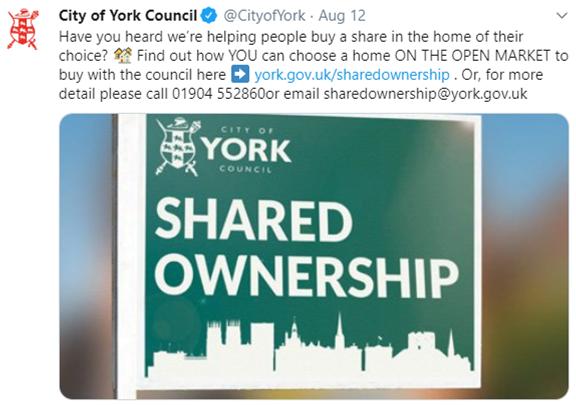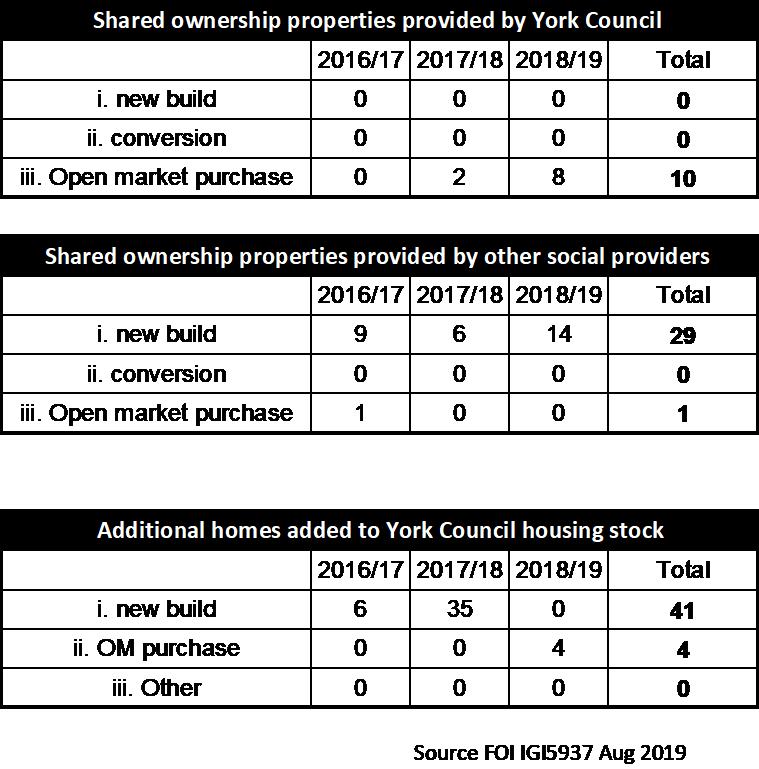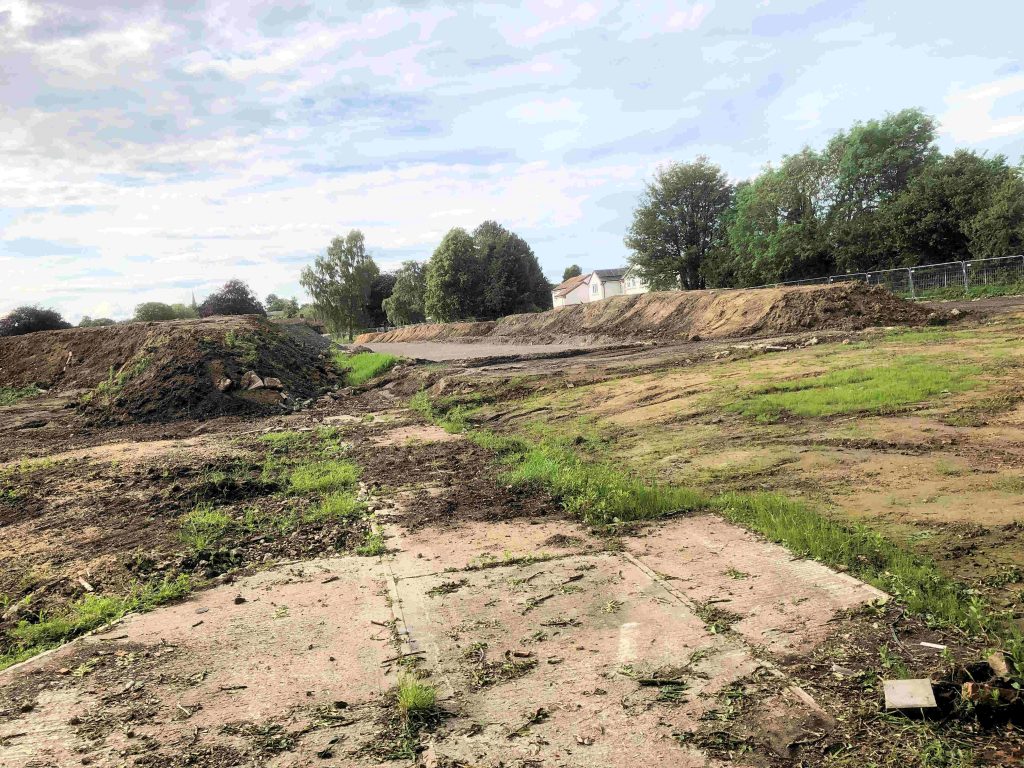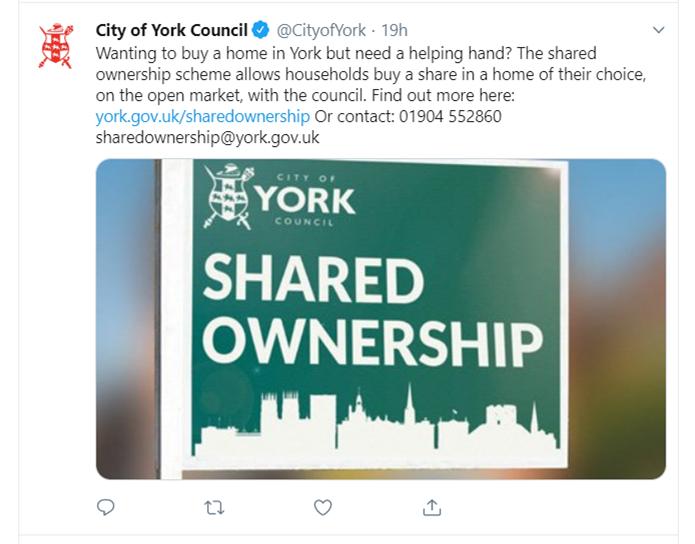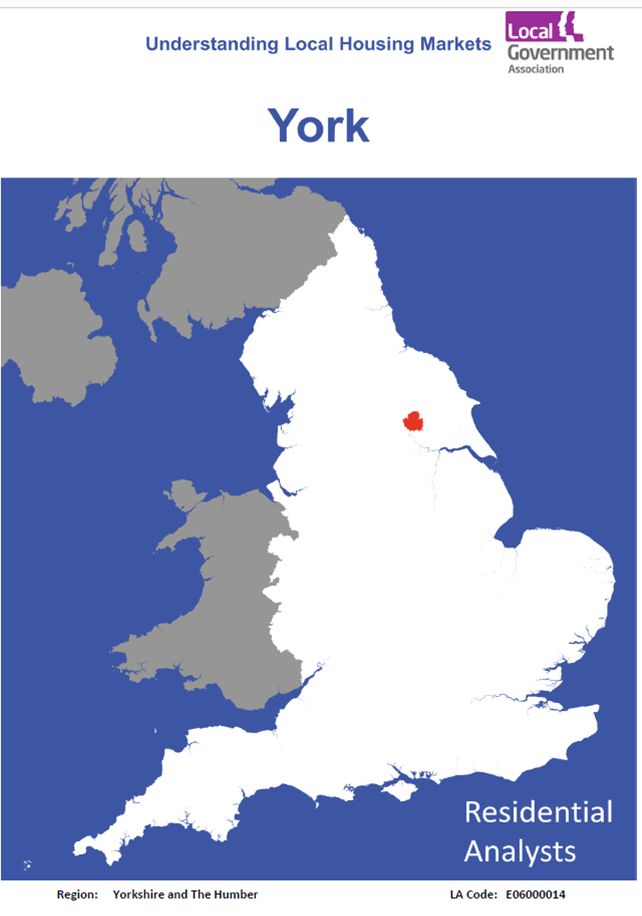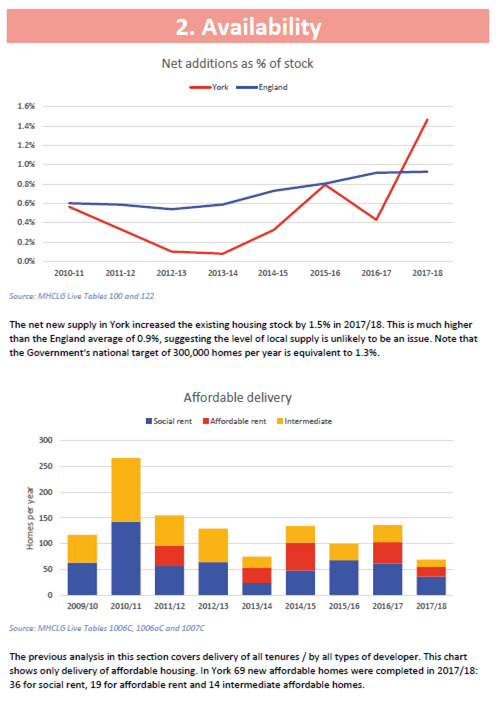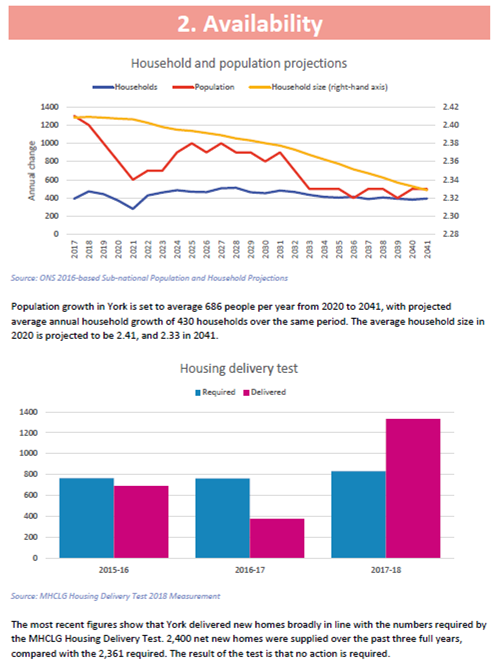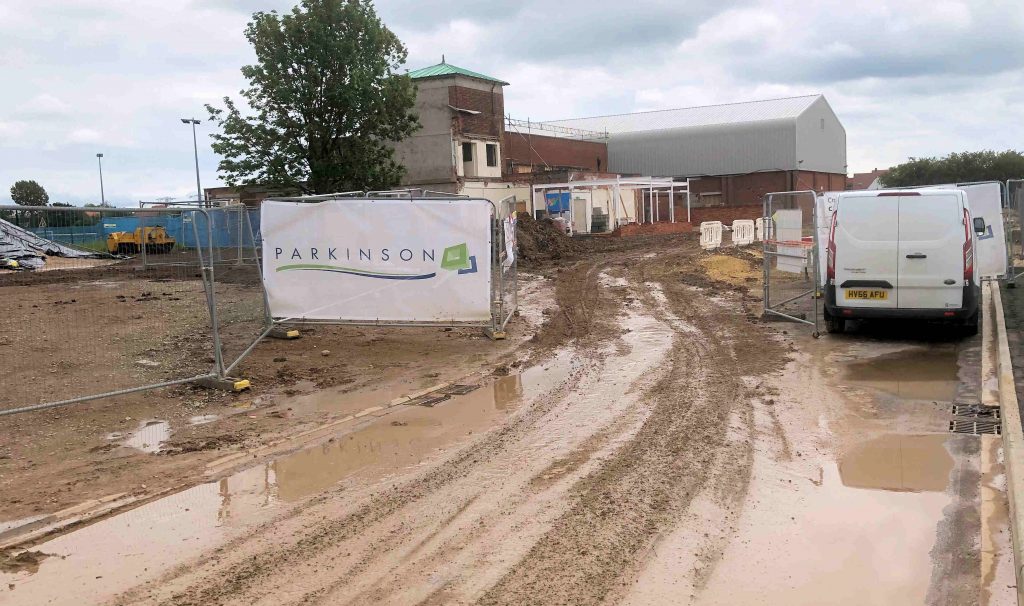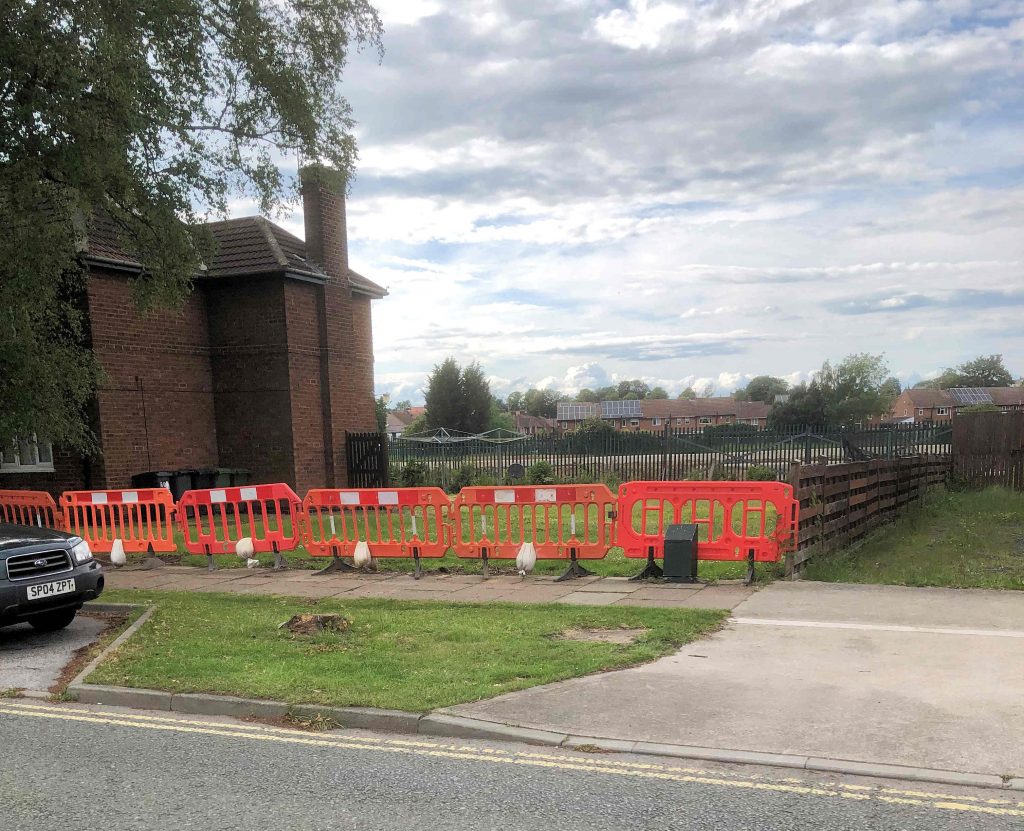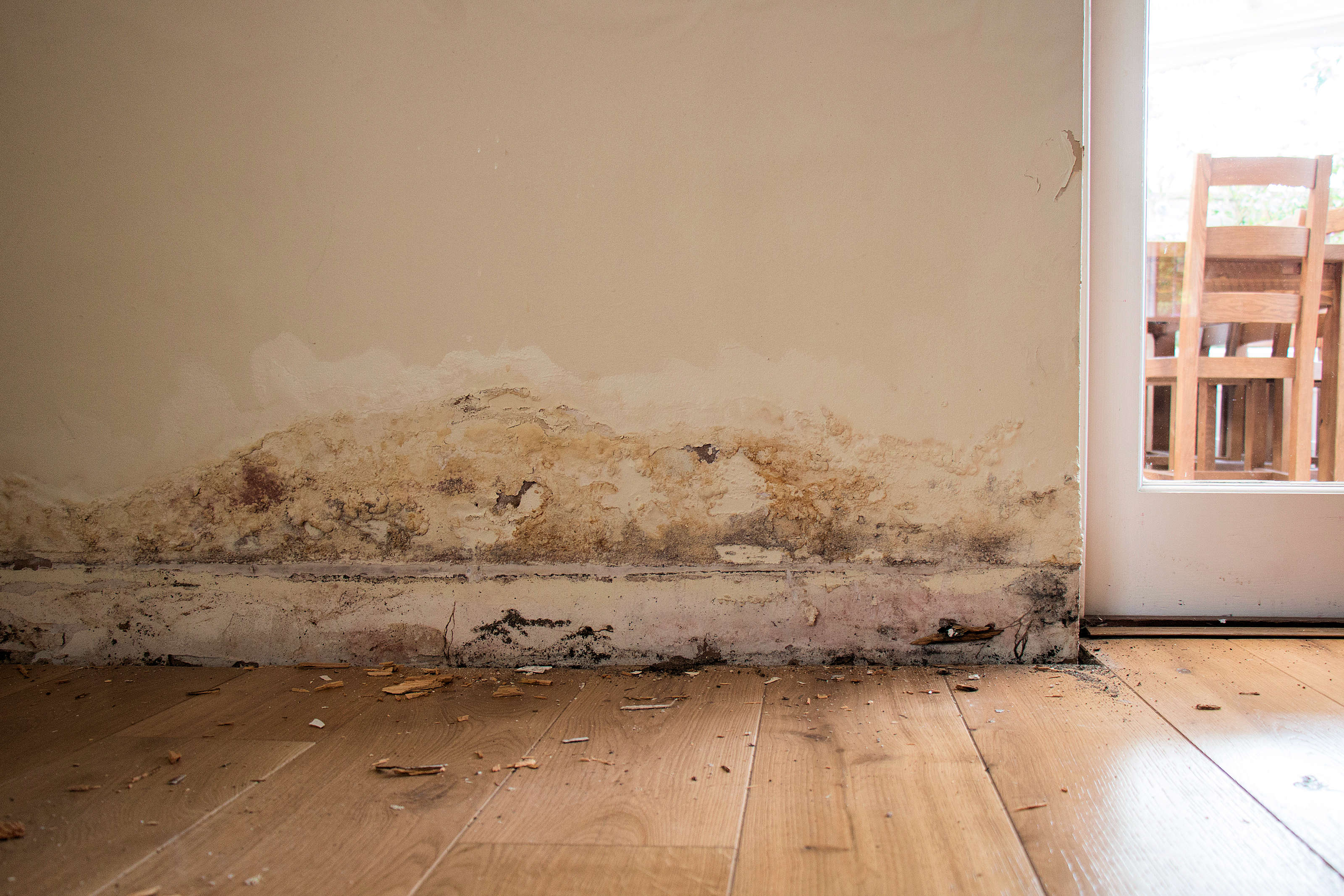More details of the York Council’s controversial decision to sell land to the Yorspace community housing group are emerging. In response to a Freedom of Information request the Council has provided a copy of the independent valuation that it obtained for the land at Lowfields.
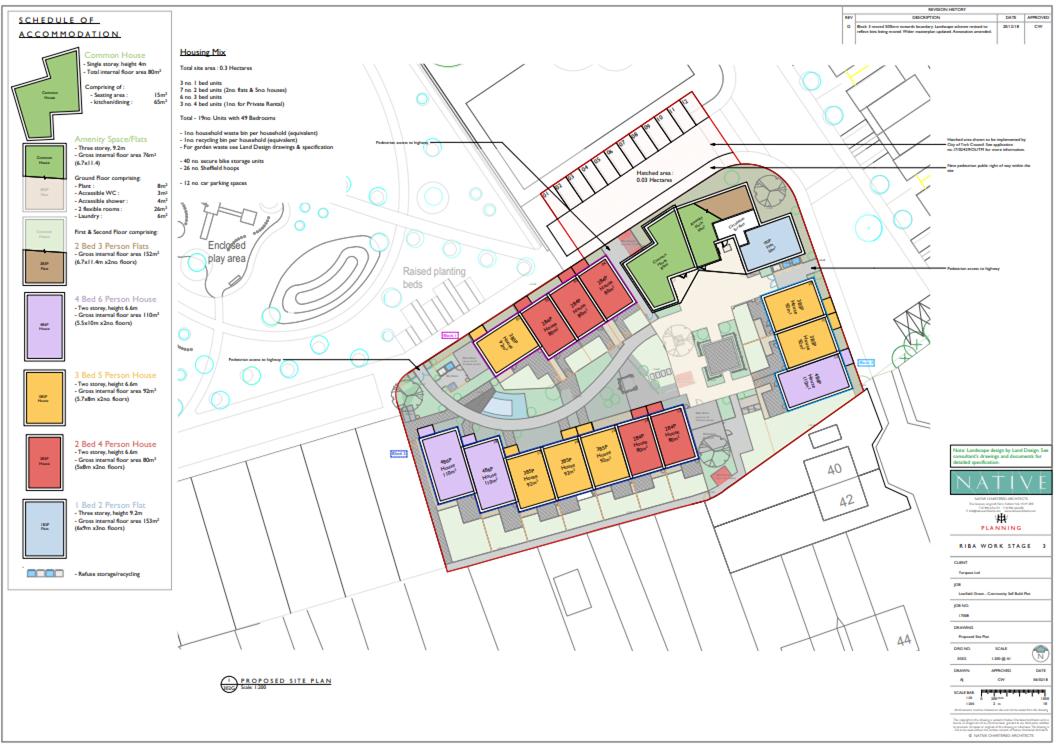
The valuation states that the site may be sold to a community housing group for £300,000 which “represents a 20% discount on market value”. However, the valuation report is based on the construction of 10 semi-detached homes on the land.
The Yorspace proposal envisages a 19 unit, high density, development.
So the scale of the taxpayer subsidy remains obscure. The only way to test the financial assumptions would be to market the site, comparing offers for social housing with a commercial alternative.
While Section 123 of the Local Government Act 1972 does allow Local Authorities to sell, in certain circumstances, land at below market value and without seeking competitive bids, that discretion is not unfettered.
The Council constitution requires a reason for such a sale to be minuted. There is no such reason given in the record of the officer decision taken on 18th January 2019
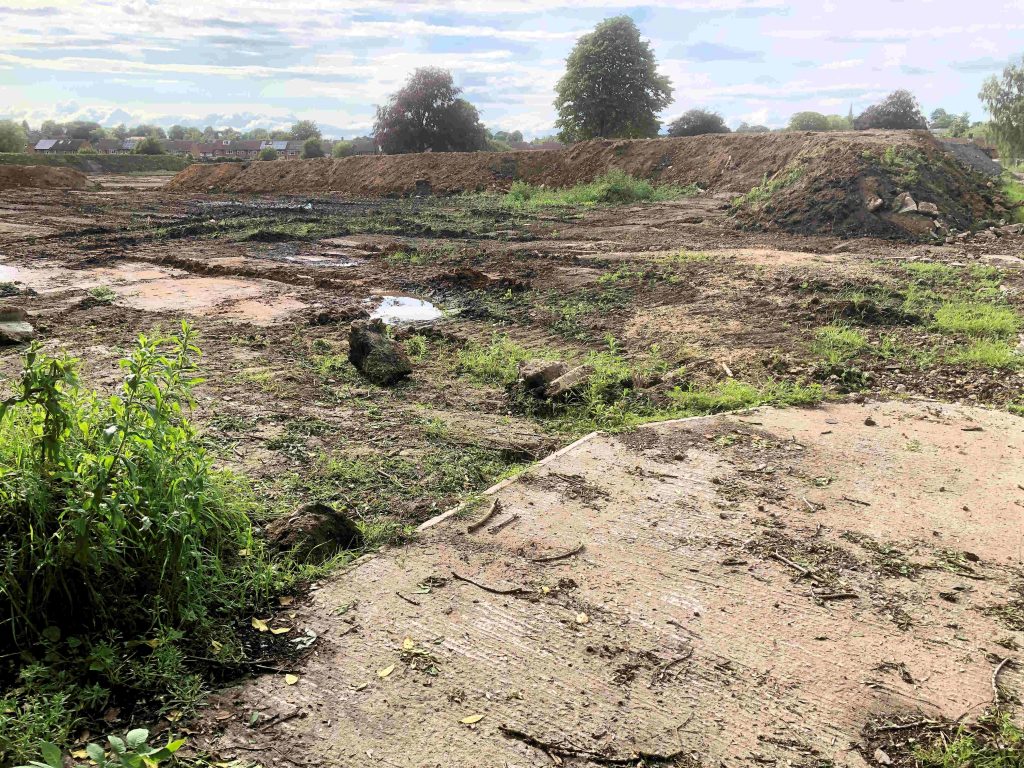
The record of the meeting says, “The Mutual Home Ownership Society housing model they use is designed as such that they will be economically accessible to lower income families and the affordability of the homes is maintained in perpetuity”.
The council has not, so far, chosen to include, in the terms of the proposed sale, a requirement that occupiers MUST be lower income families and/or that they should currently be registered on the home choice/housing waiting list..
As the development has NOT been classified as “affordable housing” in the Local Plan, the Council must legally provide a specific reason for giving preferential treatment to a particular group.
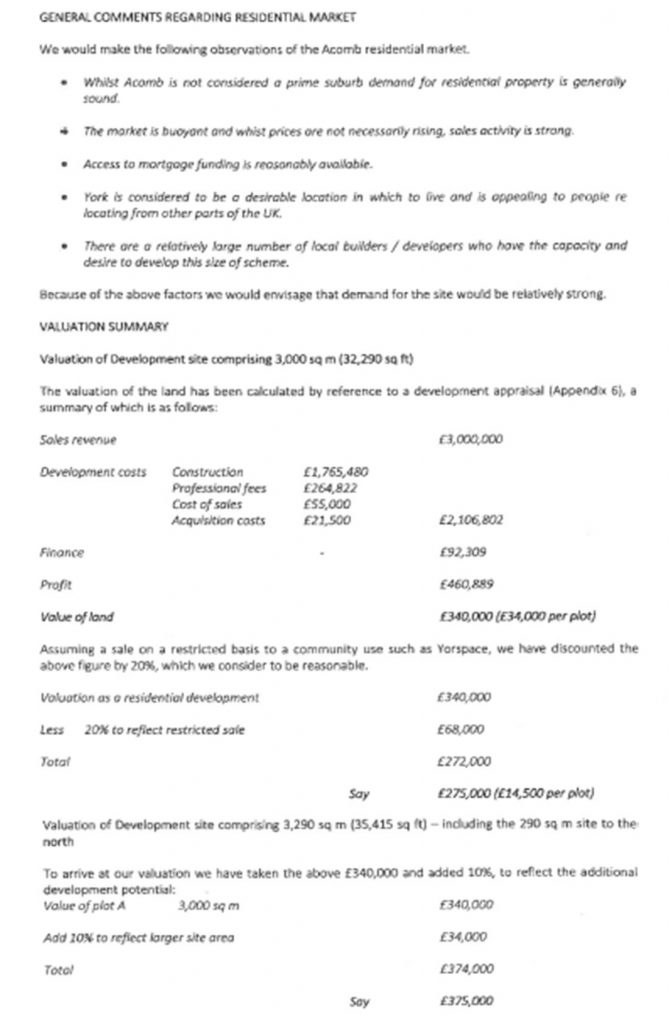
The reason might be, for example, to create local jobs, to provide accessible leisure facilities, to provide homes for those on the waiting list or whatever.
However, an auditable rationale is a legal requirement.
The sale to Yorspace has not been completed yet but is expected next month. A further report to a council committee on the scheme is expected on 26th September.
Meanwhile it has emerged that no progress has been made in selling any “self-build“ plots at Lowfield
The Council says that marketing material for the plots is being prepared by the Community and Self-Build Officer, in conjunction with Custom Build Homes, who are the sale agent for the plots.
:max_bytes(150000):strip_icc():format(webp)/GettyImages-656676733-5bb512b6cff47e0026d2007b.jpg)
“A promotional event was held last year, and it is planned that another event will be held at the start of the marketing launch”.
Plots will be promoted through the council, the Custom Build Homes website and Rightmove. Plots will go on sale this Autumn.
The buyers must have started construction work within 12 months of purchase and have completed all works within 2 years”.

